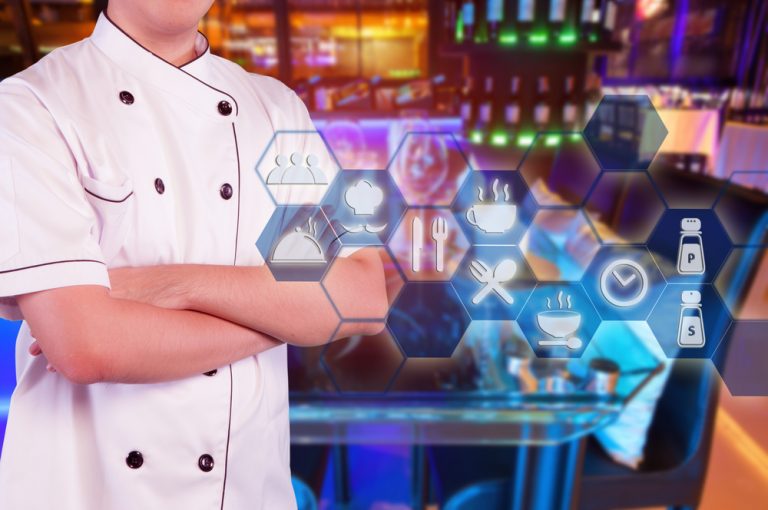In a recent blog post for Toast, CEO Jon Grimm wrote, “There will be a major increase in restaurant automation as proprietors respond to minimum wage increases.” Many business owners are looking for new ways to staff and manage restaurants. Automation offers a potentially cost-saving solution. When people think of automating restaurants, they think of robot fry cooks and faceless pylons that take orders through a touchscreen. But there are other processes that can be automated without sacrificing quality, or customer service.
Back of House Automation
Interesting examples include total oil management systems that can take care of the entire oil process, relieving your staff of the need to move hot oil. Another interesting recent innovation is automated flue and hood cleaning systems. Restaurants that want to stay relevant and viable as regulatory changes loom near should invest in systems like these, systems that take hands off of processes that do not directly affect quality. In so doing, attention to quality and service can be improved. Other examples include back of house terminals that perform a host of informative functions and labeling services. These and POS printers eliminate enormous amounts time-consuming labor that can be difficult to quantify. Imagine, for example, how much time an employee might pour into operating an antiquated keyboard? Two minutes here, five minutes there. Over the course of an evening, it could aggregate to hours. That is the time that should be spent on the food, and the guest.
Customer Facing Tech
These are employee-facing aspects of restaurant automation. But for a full solution to the problem of rising minimum wages, companies need to think of customer-facing tech as well. Here again, we are cutting close to concerns about sacrificing customer satisfaction and food quality for expedience. Striking the balance is challenging. But it’s important to keep in mind that the future of the foodservice industry will be determined by trends and by the customer’s expectations. In recent years, you’ve certainly noticed the increase in touch screens at tables and waiting points. These enable the customer to communicate with staff in a way that is non-disruptive. It also offers entertainment options, encouraging them to hang around for dessert. As these technologies become more pervasive, customer-facing tech like this can integrate with employee-facing tech.
Until robots become full-fledged chefs, this is the way foodservice tech will go forward by giving humans more time to do what they do best – to be creative and work with their fellow humans. There is no type of restaurant that would not benefit from a change of this kind.
